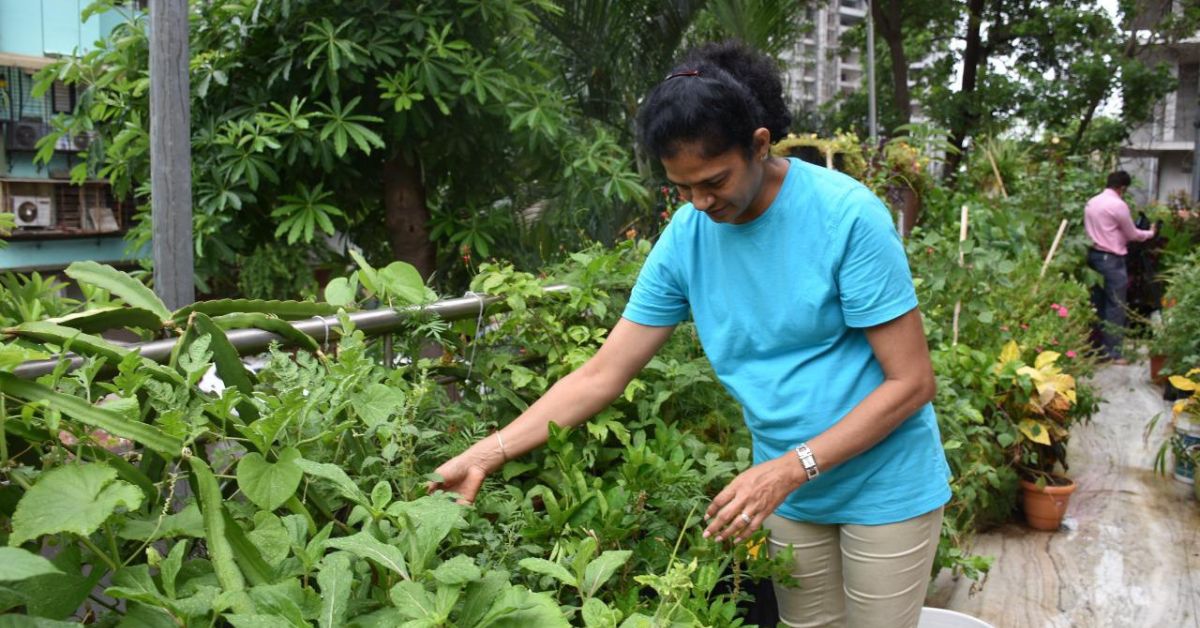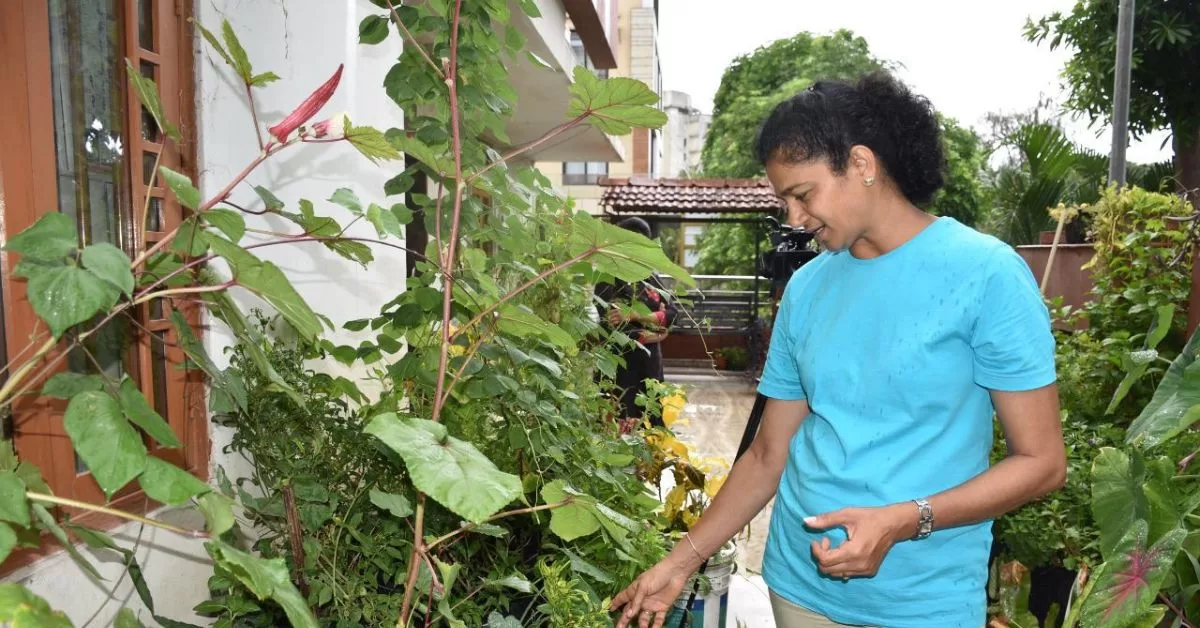Instead of tossing out watermelon rinds, gardeners can use them to make excellent compost. Surat-based urban gardener Anupama Desai shares tips.By TBI Team
A refreshing summer fruit essential, watermelon is not only a delectable fruit that quenches thirst but also can be turned into a healthy organic manure.
Instead of tossing the fruit out in bins and landfills, its rinds can be used to make an excellent compost. As the rinds are rich in nitrogen content, their scraps can nourish flower beds and vegetable gardens.
Anupama Desai, an urban gardener from Surat, says, “Although, we can prepare compost from all kinds of vegetables and fruits, using peels of seasonal vegetables and fruits is good for the growth of plants.”
“For instance, we throw away watermelon rinds in summer even though they contain potassium, phosphorus, calcium, carbohydrates, and many other micronutrients. Compost prepared from its rinds acts as a very good fertiliser for the growth of indoor plants,” she adds.

Besides, she shares that compost prepared at home is completely organic and also inexpensive. Watermelon rinds make a good liquid fertiliser and to prepare this, gardeners only require water, she notes.
Here, she shares a step-by-step guide to preparing compost from leftover watermelon rinds:
1. Toss out the watermelon rinds directly into the compost bin. However, she adds that chopping it into small pieces can reduce composting time as smaller pieces decompose faster, whereas large chunks of rinds have a significantly slower decomposition rate.
2. Transfer the chopped rinds to a plastic bucket. Fill this bucket with twice as much water as watermelon rinds. Use tap water for this purpose.
3. Cover this bucket and keep it under shade, away from sunlight.
4. Stir the contents of the mixture once every day.
5. The liquid fertiliser will be ready to use in about three days.
6. Filter the mixture and strain the water. Now you can either add the fertiliser to the plants directly or mix it with water in a ratio of 1:1.
7. Give this fertiliser to plants in the morning or evening after sunset.
Anupama suggests gardeners can further decompose the remaining rinds in a compost bin to completely utilise them.
Happy gardening!
Edited by Pranita Bhat

